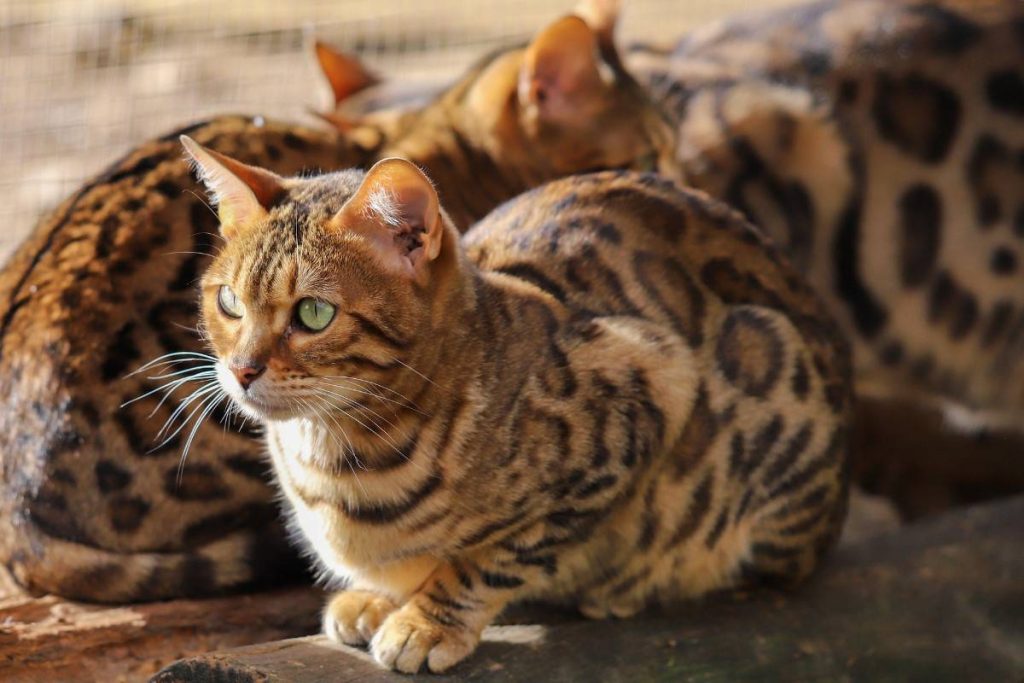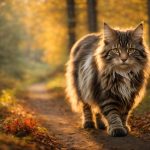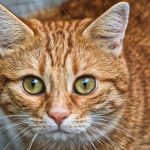When it comes to feline elegance, few things capture the imagination quite like a cat with a spotted coat. These striking patterns, reminiscent of their wild ancestors, evoke a sense of mystery and adventure. Spotted cat breeds are not only visually stunning but also come with unique personalities and histories. Whether you’re a cat enthusiast or simply curious about these beautiful creatures, this guide will introduce you to some of the most fascinating spotted cat breeds.
Why Are Spotted Coats So Captivating?
Spotted coats are a nod to the wild side of the feline world. In nature, spots serve as camouflage, helping cats blend into their surroundings while hunting or hiding from predators. Domestically, these patterns are purely aesthetic, but they still carry that exotic allure. The intricate designs of spots, rosettes, or marbled patterns make each cat unique, like a living work of art.
Spotted coats can vary greatly in size, shape, and density. Some cats have small, delicate spots, while others boast large, bold rosettes. The contrast between the spots and the base coat color further enhances their beauty, making these cats stand out in any setting.
Top Spotted Cat Breeds to Know
Here are some of the most popular and unique spotted cat breeds that are sure to steal your heart:
1. Bengal Cat
- Appearance: Bengals are perhaps the most well-known spotted cat breed. Their coats feature marbled or leopard-like spots, often with a glittery sheen that catches the light.
- Personality: Bengals are energetic, playful, and highly intelligent. They love climbing, exploring, and even playing in water—a rare trait among cats.
- History: Breeders developed this breed by crossing domestic cats with the Asian leopard cat, giving it its wild appearance.
2. Ocicat
- Appearance: The Ocicat gets its name because it resembles the ocelot, a small wild cat. Its coat displays evenly distributed, small thumbprint-sized spots.
- Personality: Ocicats are social, affectionate, and thrive on human interaction. They are often described as dog-like in their loyalty.
- History: Despite their wild look, Ocicats are entirely domestic. They were created by crossing Siamese, Abyssinian, and American Shorthair cats.
3. Egyptian Mau
- Appearance: The Egyptian Mau is one of the few naturally spotted cat breeds. Their spots are random and can vary in size and shape. They also have a distinctive “M” marking on their forehead.
- Personality: Maus are known for their speed and agility. They are also deeply loyal to their families but can be shy around strangers.
- History: This breed is believed to have originated in ancient Egypt, where they were revered as sacred animals.
4. Savannah Cat
- Appearance: Savannah cats have bold, dark spots against a lighter background. Their tall, lean bodies and large ears give them an exotic, wild appearance.
- Personality: Savannahs are highly active, curious, and love to explore. They are also known for their strong jumping ability.
- History: This breed is a hybrid of a domestic cat and the serval, a wild African cat. Their wild ancestry contributes to their unique look and behavior.
5. Serengeti Cat
- Appearance: Serengeti cats have long legs, large ears, and a sleek, spotted coat. Their spots are often round and well-defined.
- Personality: These cats are friendly, outgoing, and enjoy being the center of attention. They are also quite vocal and love to “talk” to their owners.
- History: The Serengeti was developed by crossing Bengal and Oriental Shorthair cats to create a domestic cat with a wild appearance.
6. Cheetoh Cat
- Appearance: Cheetohs have a wild, spotted coat with a muscular build. Their spots can vary in size and are often accompanied by a marbled pattern.
- Personality: Cheetohs are playful, affectionate, and get along well with children and other pets.
- History: This breed is a cross between the Bengal and Ocicat, combining the best traits of both.
Caring for Spotted Cat Breeds
While spotted cats are undeniably beautiful, they also come with specific care requirements. Here are some tips to keep your spotted feline friend happy and healthy:
- Diet: Many spotted breeds, like Bengals and Savannahs, are highly active and require a protein-rich diet to support their energy levels.
- Exercise: These cats need plenty of mental and physical stimulation. Provide climbing trees, interactive toys, and regular playtime.
- Grooming: Most spotted cats have short, low-maintenance coats. Regular brushing will help reduce shedding and keep their coat shiny.
- Socialization: Spotted cats are often social and thrive on interaction. Spend quality time with them and consider getting a companion if they’ll be alone for long periods.
- Veterinary Care: Regular check-ups are essential, especially for hybrid breeds like Savannahs, which may have unique health considerations.
The Allure of Owning a Spotted Cat
Spotted cat breeds are more than just pretty faces—they bring a touch of the wild into your home while retaining the affectionate nature of domestic cats. Their unique coats and personalities make them a joy to live with, but they also require commitment and understanding. If you’re ready for an active, engaging, and visually stunning companion, a spotted cat might be the perfect choice for you.
Fun Facts About Spotted Cats
- The Egyptian Mau is the fastest domestic cat, capable of running up to 30 miles per hour.
- Bengal cats are known for their love of water and may even join you in the shower!
- Savannah cats can jump up to 8 feet high, thanks to their long legs and athletic build.
- The Ocicat’s name was inspired by its resemblance to the ocelot, but it has no wild DNA.
Final Thoughts
Spotted cat breeds are a testament to the beauty and diversity of the feline world. From the sleek Egyptian Mau to the wild-looking Savannah, each breed offers something special. Whether their exotic appearance or lively personalities attract you, these cats will bring excitement and joy into your life. If you decide to add a spotted cat to your family, you can expect a rewarding and unforgettable experience.
FAQs About Spotted Cat Breeds
Q1. What are some popular spotted cat breeds?
Popular spotted breeds include the Bengal, Ocicat, Egyptian Mau, and Serengeti. Each is known for its distinctive spots and striking appearance.
Q2. Are spotted cat breeds friendly and affectionate?
Yes, many spotted breeds are highly social, intelligent, and enjoy bonding with their human companions. Affection levels can vary by individual.
Q3. Do spotted cats require special grooming?
Grooming needs depend on the breed. Short-haired breeds like the Bengal usually need minimal brushing, while some others may require more regular care.
Q4. Are spotted cats good for families?
Yes! Breeds like Bengals and Ocicats are playful, energetic, and can adapt well to family environments, especially with children and other pets.
Q5. How active are spotted cat breeds?
Spotted cats are generally very active, playful, and intelligent. They thrive with interactive toys, climbing structures, and mental stimulation.
Q6. Can spotted cats live in apartments?
Yes, but they need plenty of playtime and vertical space to stay active and prevent boredom due to their energetic nature.
Q7. How long do spotted cat breeds live?
Lifespan varies by breed, but most spotted cats live between 12–16 years with proper care, nutrition, and regular vet visits.


